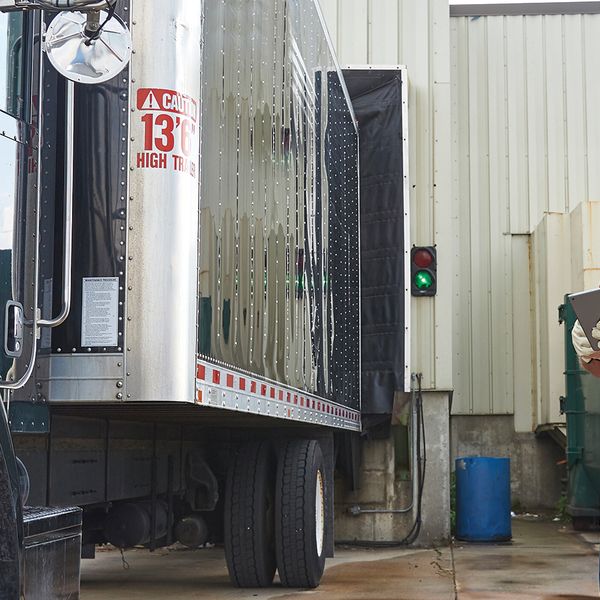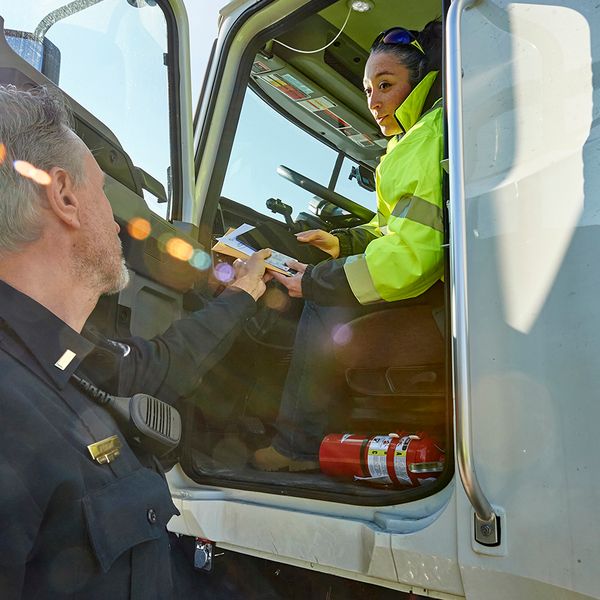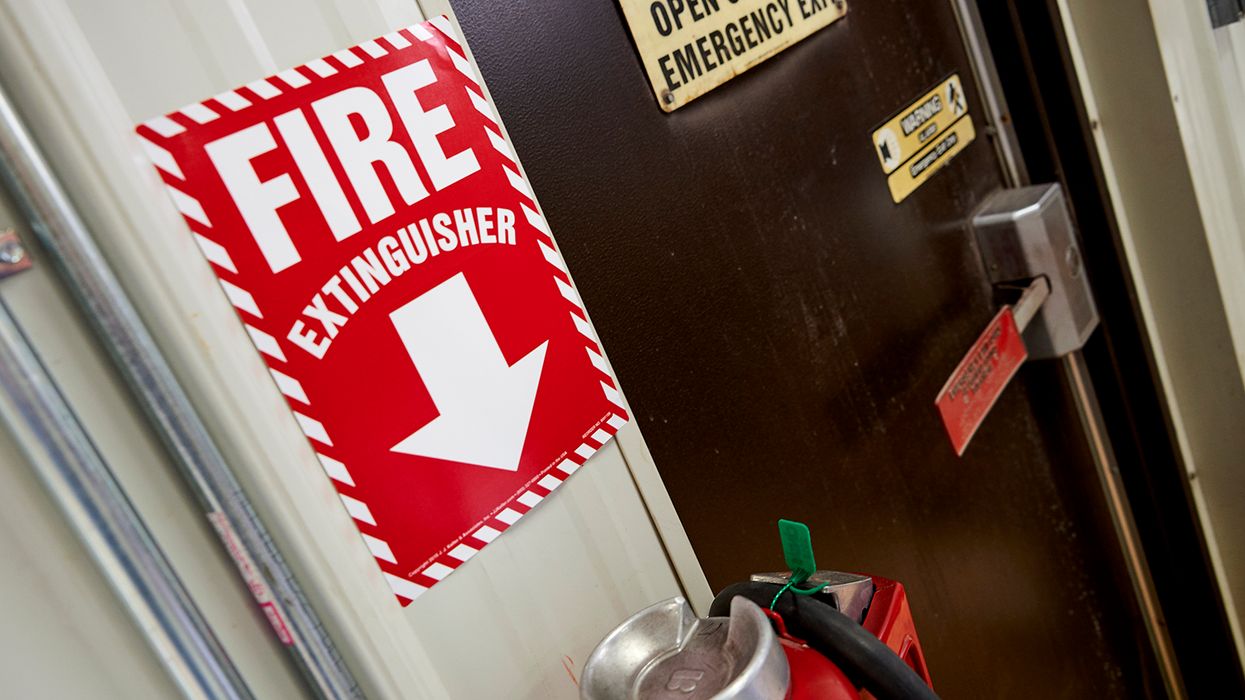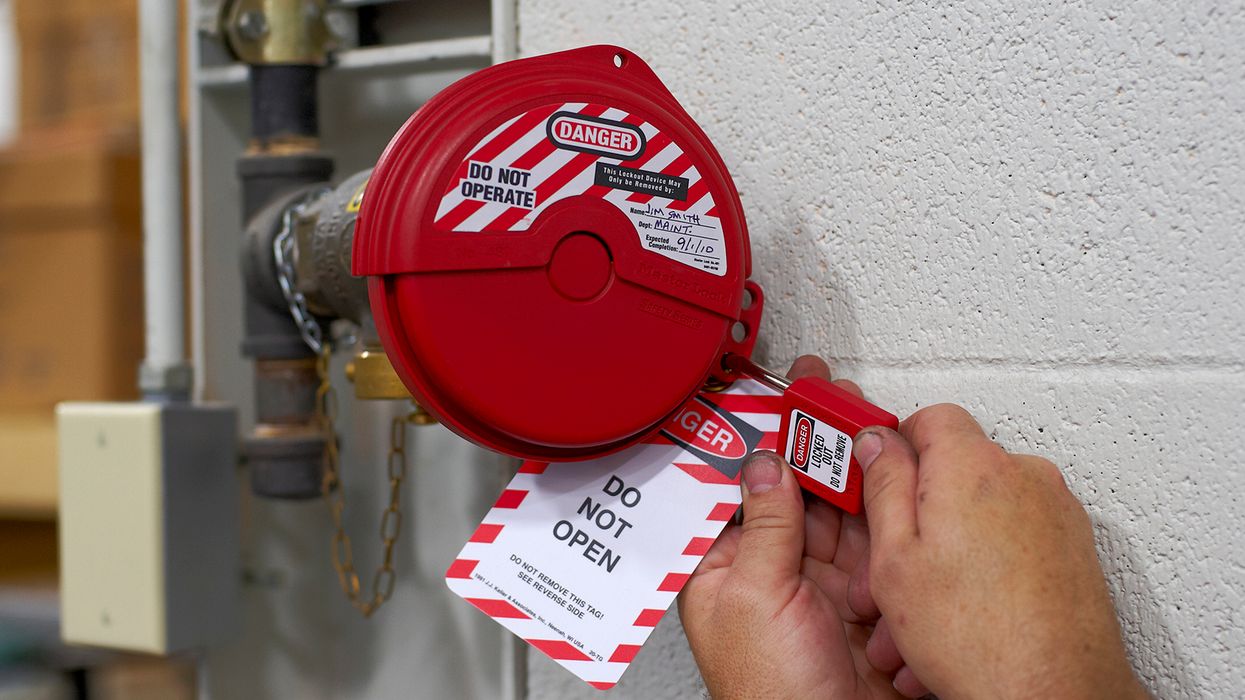The high stakes of being a high-risk carrier: CSA investigations
Over 12,000 motor carriers are subject to Compliance, Safety, Accountability (CSA) investigations each year. If your roadside inspection or crash data suggests you’re a high-risk carrier, you could be next.
What are CSA investigations?
The Federal Motor Carrier Safety Administration (FMCSA) uses the term “investigation” for what many in the transportation industry call an “audit.”
FMCSA safety investigators (SIs) conduct three types of investigations, and the location and degree of audit vary. CSA investigations include:
- Offsite investigation: The SI requests copies of documents from the motor carrier that are reviewed remotely for specific safety performance and compliance problems. Offsite audits may or may not result in a safety rating.
- Onsite focused investigation: The SI visits the motor carrier’s place of business and focuses on a specific safety and compliance problem. During the visit, the SI may interview employees and perform vehicle inspections.
- Onsite comprehensive investigation: The audit occurs at the motor carrier’s place of business and incorporates the compliance review model. The SI reviews the entire safety program and may interview employees and perform vehicle inspections. At the end of the investigation, the motor carrier is given a safety rating.
During each of these investigations, SIs will identify areas of weakness and help carriers take actions to make improvements.
In 2024, FMCSA performed more focused investigations than the other two types. This has been the trend for several years. However, onsite comprehensive audits have been rebounding in a post-COVID environment.
| Calendar year | Onsite comprehensive | Onsite focused | Offsite | Total |
| 2021 | 2,345 (19%) | 5,010 (41%) | 4,874 (40%) | 12,229 |
| 2022 | 3,621 (29%) | 5,382 (44%) | 3,360 (27%) | 12,363 |
| 2023 | 4,100 (34%) | 5,828 (48%) | 2,220 (18%) | 12,148 |
| 2024 | 4,548 (38%) | 5,783 (48%) | 1,751 (14%) | 12,082 |
What makes a carrier at risk of an investigation?
The FMCSA evaluates motor carriers’ on-road performance and previous investigation results to help identify those who are high risk.
FMCSA’s CSA enforcement model uses seven Behavior Analysis and Safety Improvement Categories (BASICs). Six BASICs group similar roadside inspection violations that may cause or increase the severity of a crash, and the seventh BASIC focuses on the details of commercial motor vehicle (CMV) crashes to predict whether the carrier is likely to have another accident.
The BASICs include:
- Unsafe Driving
- Hours of Service (HOS) Compliance
- Driver Fitness
- Controlled Substances and Alcohol
- Vehicle Maintenance
- Hazardous Materials (HM) Compliance
- Crash Indicator
CSA uses this data to generate a “measure” for each BASIC. The algorithms consider the nature of the roadside inspection violation or crash, how recent it occurred, and the carrier’s level of exposure on the road (e.g., number of violations, vehicles, miles traveled, and roadside inspections).
Each BASIC measure is then compared against carriers with similar exposure, and the carrier is assigned a percentile ranking (commonly known as a CSA “score”). If the carrier exceeds a predetermined threshold for the BASIC (roughly 60-80 percent for most), they are more likely to experience an intervention from the agency. Interventions range from warning letters to targeted roadside inspections to investigations.
Refer to the following to determine your risk of a CSA investigation.
High risk of an onsite comprehensive audit:
- At or above the 90th percentile on two or more of these BASICs for two consecutive months: Unsafe Driving, Crash Indicator, Hours-of-Service (HOS) Compliance, and Vehicle Maintenance; and
- No onsite audit in the last 18 months.
Moderate risk of an audit:
- At or above the intervention threshold on two or more of these BASICs: Unsafe Driving, Crash Indicator, HOS Compliance, and Vehicle Maintenance;
- No intervention in the last 12 months; and
- No warning letter in the last 6 months.
Some audit risk:
- One or more BASICs at or above the intervention threshold or with unresolved acute or critical violations;
- No intervention in the last 12 months; and]
- No warning letter in the last 6 months.
A motor carrier with any BASIC at or above the intervention threshold and who has not already received one in the last 18 months will receive a warning letter urging them to take action to improve their scores. The carrier will then be monitored to ensure their score(s) improve within the next six months.
Off-site investigations are recommended for carriers with two or fewer BASICs requiring investigation. Note, however, that carriers investigated for vehicle maintenance issues will be audited onsite.
Key to remember: Any carrier whose safety data suggest they are more likely to be in a crash could find themselves subject to one of three CSA investigation types.



















































